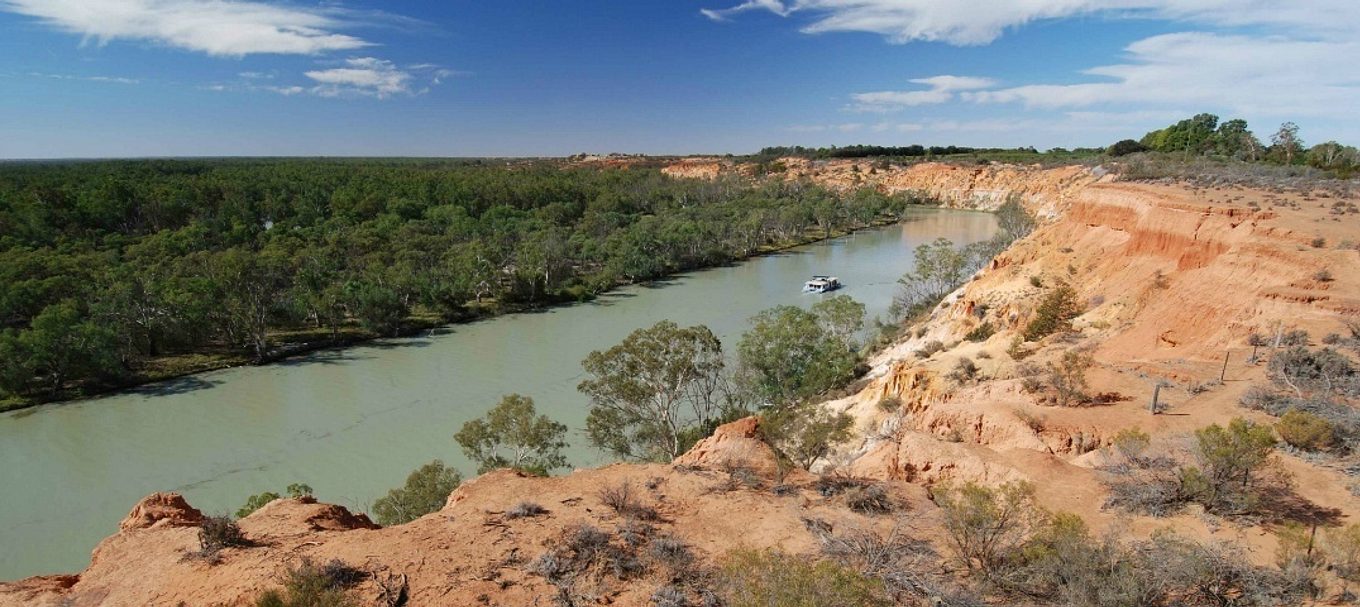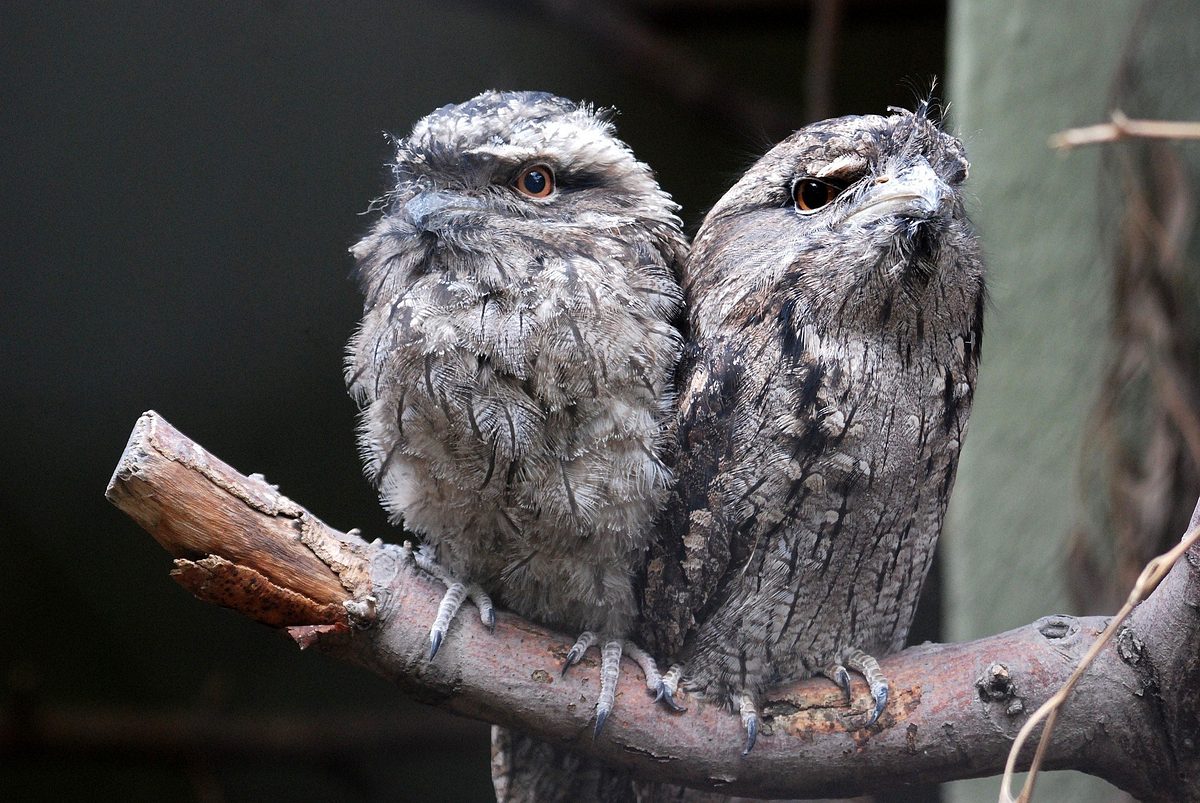
How the river runs
So what better time to think about how we can help reduce our reliance on the River Murray.
Did you know that the water your children splash around the bathtub may have actually fallen from the sky in southern Queensland or near Canberra?
Water goes on an incredible journey to reach South Australia. Rain collects naturally over an area of more than one million square kilometres across Queensland, New South Wales, ACT, Victoria and South Australia, and feeds by gravity into reservoirs, rivers and creeks. Together with floodplains and other surrounding land, the system is called the Murray-Darling Basin. It gathers water that forms many thousands of kilometres of major rivers, including the Darling, Goulburn, Murrumbidgee and Murray. And all of it unites to flow into a single ocean exit point: the Murray Mouth near Goolwa.
Not all the water reaches the Mouth though. Some seeps into the soil along the way, and some evaporates. People use it too. Pump stations tap into the River Murray to provide most of South Australia’s household water, including the kids’ bath. The Murray-Darling Basin also provides vital water for irrigation and industry in our state, and for similar needs in the other Basin states.
The arrangement is relatively simple when there’s regular rain falling across Australia’s eastern states. But what happens when it’s dry? For example, 1997 marked the beginning of the longest drought in Australia’s recorded history. The years 2006-2010 saw record low inflows to the Murray-Darling Basin. Natural and man-made infrastructure for storage and release along the rivers – such as reservoirs, lakes, weirs and locks – are used to manage water levels and flows. During the dry periods, the South Australian government works with the Murray-Darling Basin Authority to deliver water for critical human needs to our state as its first priority. Water for all other purposes including the environment, irrigation and recreation is shared.
For extra security during droughts, other water sources have also been developed through water planning in South Australia, including a desalination plant, recycled wastewater and storm water.
But what can you do? With a huge geographical area to consider and variations in climate and rainfall having an impact, it’s easy to feel out of control in thinking about water. However you can make a difference! Reducing mains water use in your household – for example by installing plumbed rainwater tanks to your house, teaching your children to use water carefully, planting water-wise plants in your garden, and recycling grey water – is an effective way to reduce the amount of water we source from natural resources like the River Murray.
And with the Bureau of Meteorology having just determined we’re about to enter a relatively dry winter and spring associated with an El Niño climate pattern, your efforts could be very important for the future of our iconic River Murray and its environment.





